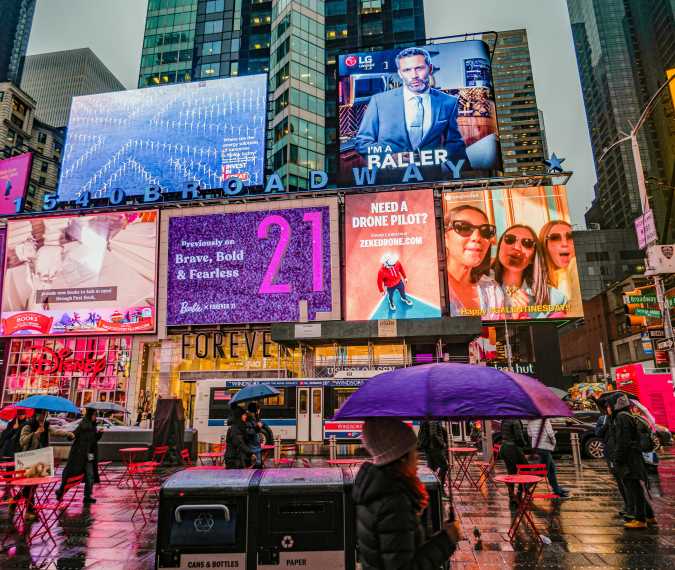
How Did New York City Get Its Nickname, the “Big Apple”?
New York City, the dazzling metropolis often referred to as The City That Never Sleeps, Empire City, or even Gotham, is widely recognized by one moniker that stands above all: The Big Apple. This iconic and evocative nickname has become synonymous with the city’s culture, grandeur, and allure. But where did it originate? The journey of "The Big Apple" from horse racing slang to a global identifier of New York City is as fascinating as the city itself.
The Early Days of the "Big Apple"
The nickname “The Big Apple” dates back to the 1920s. Contrary to its modern association with skyscrapers and vibrant city life, the term initially emerged in horse racing. At the time, New York City was home to some of the country's most prestigious and lucrative racing tracks. "big apple" refers to the large prizes, or "big apples," awarded to winning jockeys and trainers.
But how did this term make its way into the spotlight? Much of the credit goes to John J. Fitz Gerald, a New York Morning Telegraph sports writer. Fitz Gerald heard the phrase from African American stable hands in New Orleans, who referred to New York’s racing circuits as “the Big Apple,” symbolizing the ultimate achievement in their sport. Fitz Gerald immortalized the term in his horse racing columns, once explaining:
"The Big Apple. The dream of every lad that ever threw a leg over a thoroughbred and the goal of all horse riders. There’s only one Big Apple. That’s New York."
While the nickname began in horse racing circles, it wasn’t long before it gained traction in jazz culture. By the late 1920s and early 1930s, jazz musicians started referring to New York City as the “Big Apple.” New York was the pinnacle of success for these performers—a city that offered unparalleled opportunities to showcase their talent.
An old saying in show business reflected this sentiment:
"There are many apples on the tree, but only one Big Apple."
This association between New York City and the nickname solidified its place in American culture. Performers nationwide came to New York to “take a bite out of the Big Apple,” cementing the city’s reputation as the ultimate destination for success.

Photo: unsplash.com/@martinsanchez
The nickname's popularity waned during the mid-20th century. By the 1960s, New York City grappled with significant challenges, including rising crime rates, poverty, and urban decline. The city’s image had become tarnished, and tourism suffered.
But in 1971, a marketing campaign aimed to revive New York City’s reputation and breathe new life into the nickname. Spearheaded by Charles Gillett, president of the New York Convention and Visitors Bureau, the campaign embraced the "Big Apple" as the city’s official identity
The campaign featured bright, red apples as symbols of cheerfulness, optimism, and opportunity—counteracting the dark image that had come to define the city. Slogans like "Take a bite out of the Big Apple" adorned T-shirts, pins, and posters, creating renewed pride and excitement for New Yorkers and visitors alike.
Since the success of the 1971 campaign, “The Big Apple” has become an indelible part of New York City’s global identity. To honor John J. Fitz Gerald’s contribution, the corner of 54th and Broadway, where he lived for three decades, was officially renamed Big Apple Corner in 1997.

Photo: unsplash.com/@maryamsicard
The nickname “The Big Apple” is more than a catchy phrase. It symbolizes New York City’s status as a place of ambition, opportunity, and success. Just like an apple—bright, bold, and tempting—New York City draws millions of people worldwide, each eager to experience its unparalleled energy and cultural diversity.
With its iconic landmarks like the Statue of Liberty, Times Square, and Central Park, New York City truly lives up to its nickname. Whether you’re a tourist, a performer, or someone chasing dreams, the Big Apple promises something extraordinary.
From humble beginnings in the horse racing tracks of the 1920s to becoming a globally recognized symbol of one of the most vibrant cities in the world, “The Big Apple” is a nickname steeped in history, culture, and resilience. It represents New York City’s ability to adapt, evolve, and remain at the center of the world stage.
So, next time you visit New York, remember that you’re not just exploring a city—taking a bite out of the Big Apple itself.


